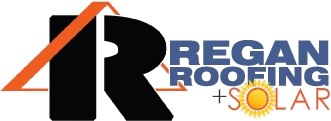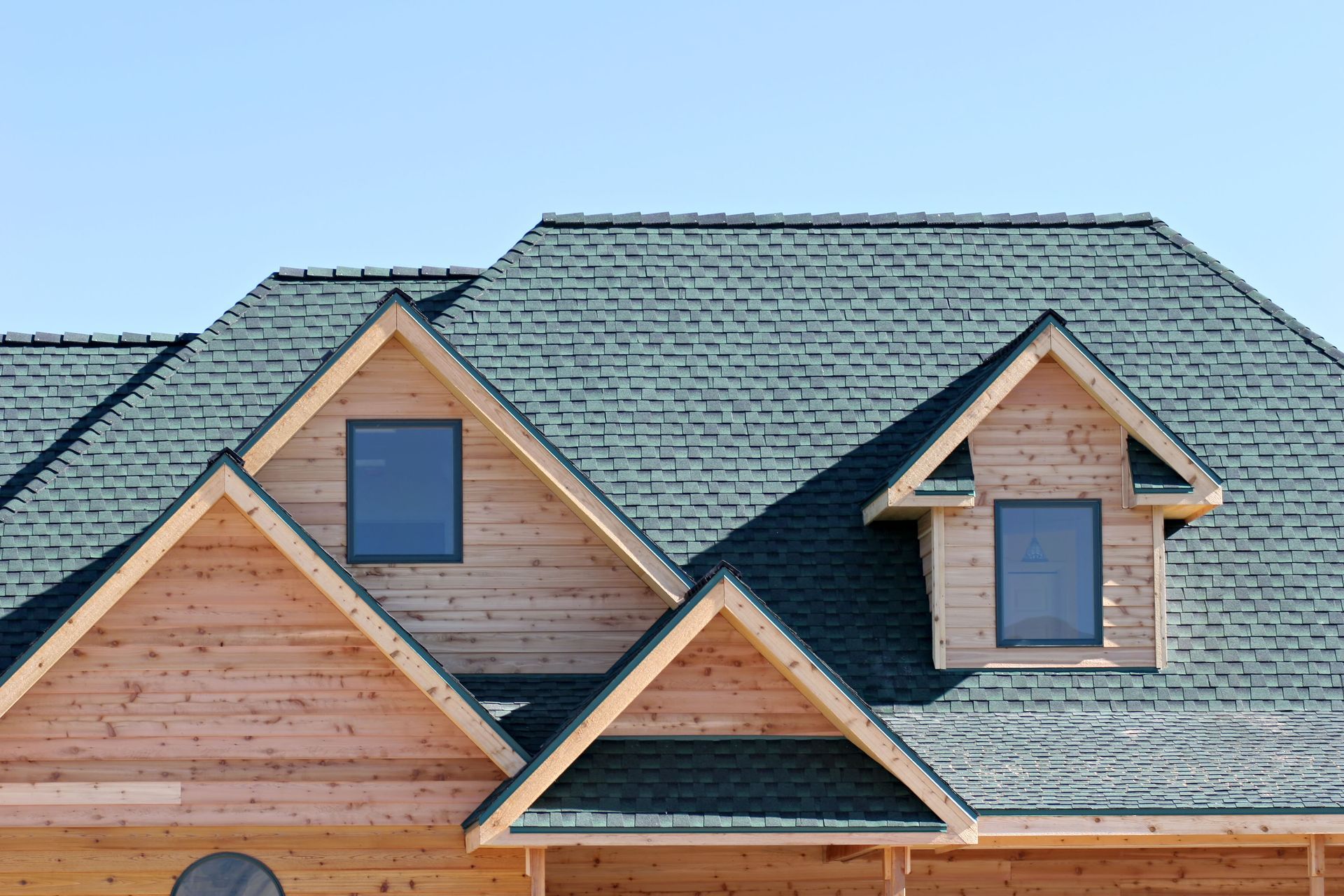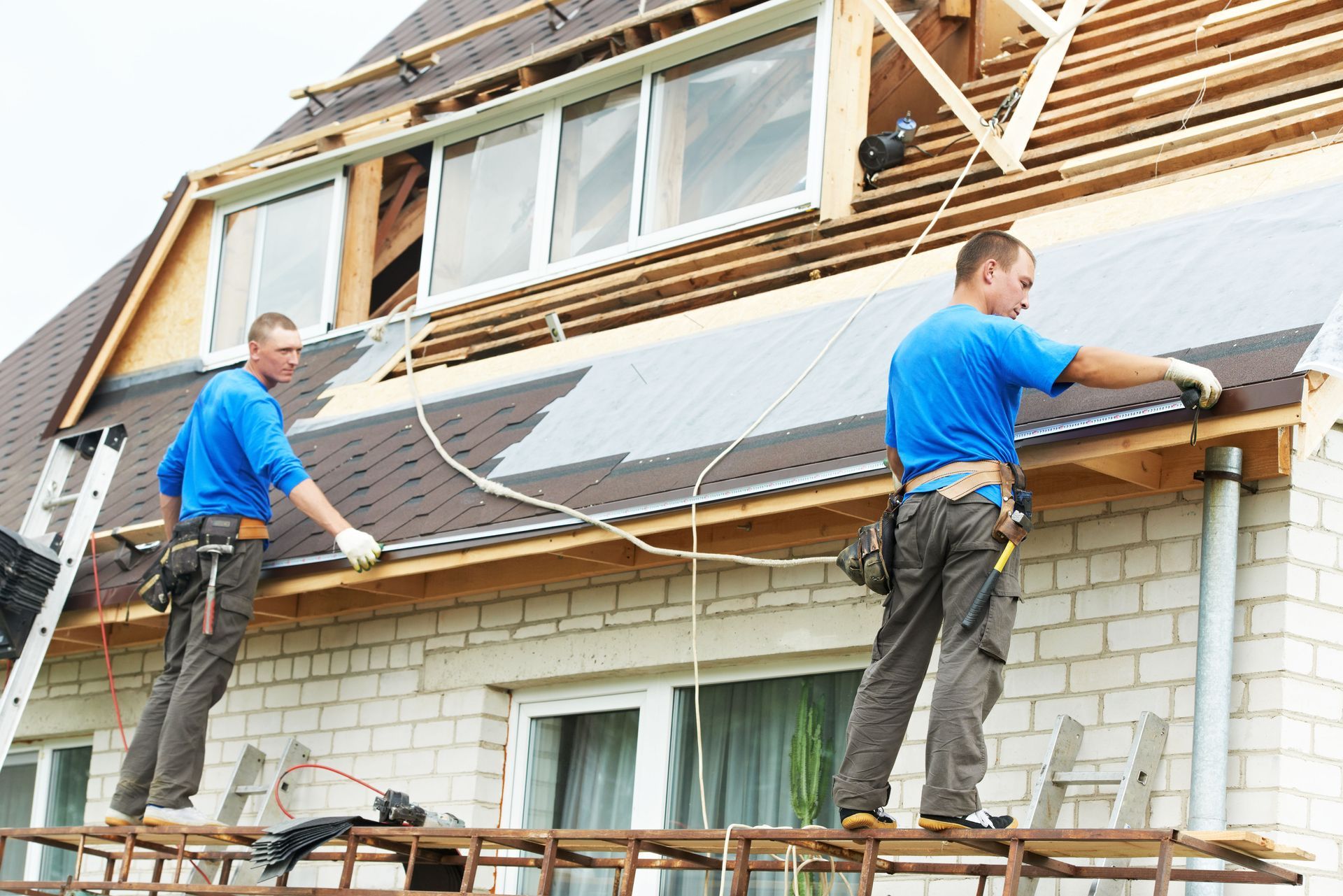The Cost Benefits of Energy-Efficient Commercial Roofing
In the modern business landscape, sustainability and operational cost reduction have become priorities for companies of all sizes. One of the most effective ways to achieve both goals is through energy-efficient commercial roofing. Upgrading your roof not only improves insulation and reduces energy costs but also supports environmental responsibility and enhances overall property value. According to ServiceTitan, 94% of commercial roofing projects involve roof replacements, highlighting the importance of integrating energy-efficient solutions whenever a roof reaches the end of its lifespan.
Energy Savings and Reduced Utility Costs
Reflective roofing materials, often referred to as cool roofs, are designed to reflect sunlight and absorb less heat than traditional roofing options. By reducing heat transfer into the building, these materials help maintain a consistent indoor temperature, especially during hot summer months. For businesses, this translates into lower air conditioning use and substantial energy savings. Additionally, reflective roofs contribute to broader environmental benefits by helping mitigate the urban heat island effect, making them both an economically and ecologically smart choice for commercial properties.
Proper insulation is a cornerstone of energy-efficient commercial roofing. Enhanced insulation minimizes heat loss in the winter and heat gain in the summer, reducing reliance on heating and cooling systems. Over time, this efficiency translates into lower energy bills and a more comfortable indoor environment. Improved insulation also provides acoustic benefits, helping dampen external noise and creating a quieter workspace for employees.
Energy-efficient commercial roofing is designed to perform effectively throughout the year, adapting to seasonal temperature fluctuations. During summer, reflective surfaces reduce cooling demands, while proper insulation retains warmth during winter months. This balanced performance reduces overall energy consumption year-round, creating predictable utility costs for businesses. Such roofs not only provide immediate financial relief but also support long-term operational planning by lowering dependency on high-energy heating and cooling systems.
By stabilizing indoor temperatures, energy-efficient roofs relieve stress on HVAC systems. This reduced load prolongs equipment lifespan, minimizes maintenance costs, and lowers the likelihood of unexpected repairs. In commercial properties, where HVAC systems represent a significant operational expense, this impact can be substantial. Integrating energy-efficient roofing during a roof replacement or new installation ensures that both energy costs and maintenance requirements are optimized for long-term savings.
Prolonged Roof Lifespan
Modern commercial roofing materials are engineered for durability and long-term performance. Options such as thermoplastic polyolefin (TPO) and ethylene propylene diene terpolymer (EPDM) are known for their resistance to UV rays, weather damage, and general wear. These materials often outlast traditional roofing products, providing decades of reliable protection. Investing in durable, energy-efficient commercial roofing reduces the frequency of replacements and repairs, saving both money and resources over time.
Commercial roofs must withstand extreme weather conditions, including heavy rain, strong winds, and intense heat. Energy-efficient roofing is specifically designed to endure these elements, ensuring minimal damage and consistent performance. Businesses in regions prone to severe weather benefit from this resilience, as it protects the building structure and reduces repair costs. Over time, a weather-resistant roof contributes to overall operational efficiency and reduces the risk of unexpected financial burdens caused by roof damage.
Routine maintenance is essential for maximizing the lifespan and energy efficiency of any commercial roof. Regular inspections, cleaning, and timely repairs prevent minor issues from escalating into costly problems. Proactive maintenance keeps the roofing system operating at peak performance, ensuring ongoing energy savings and structural integrity. By implementing a comprehensive maintenance plan, businesses can extend the life of their commercial roofing investment while minimizing unexpected downtime and expenses.
The extended lifespan of energy-efficient commercial roofing leads to a strong return on investment. While the upfront cost may be higher than traditional materials, the long-term savings from reduced energy consumption, lower maintenance costs, and fewer replacements often outweigh the initial expense. Businesses that prioritize high-quality roofing are rewarded with predictable costs, improved operational efficiency, and a roof that serves as a durable asset for years to come.
Environmental Impact and Sustainability
Many modern commercial roofing materials are manufactured with sustainability in mind. Recyclable, low-toxicity, and resource-efficient options reduce the environmental impact of roofing projects. By choosing energy-efficient commercial roofing, businesses contribute to a circular economy, promote resource conservation, and reduce waste. Selecting sustainable materials aligns roofing decisions with corporate sustainability goals, helping companies build a greener, more responsible brand image.
Energy-efficient commercial roofs help mitigate the urban heat island effect, which occurs when city environments experience higher temperatures than surrounding rural areas due to infrastructure and human activity. By reflecting sunlight and absorbing less heat, these roofs lower both rooftop and surrounding area temperatures. Widespread adoption of reflective, energy-efficient roofs in commercial properties can improve local air quality, contribute to environmental health, and support sustainable urban development.
Businesses today are increasingly evaluated based on their environmental practices. Installing energy-efficient commercial roofing demonstrates a commitment to sustainability and corporate responsibility. Sustainable roofing practices not only help lower operational costs but also strengthen brand reputation, attract eco-conscious clients and tenants, and support long-term strategic goals. By integrating energy-efficient roofing solutions, companies align their physical infrastructure with their corporate sustainability objectives.
Energy-efficient commercial roofing also emphasizes responsible end-of-life management. Many modern roofing materials are recyclable, meaning that when a roof reaches the end of its lifespan, components can be repurposed rather than sent to landfills. This approach significantly reduces construction waste and conserves natural resources. Businesses that prioritize recyclable and reusable materials demonstrate environmental stewardship while contributing to broader sustainability initiatives.
Health and Comfort Benefits
Energy-efficient roofs play a crucial role in regulating indoor temperatures. Maintaining consistent internal climates improves occupant comfort, supporting productivity and well-being. In commercial spaces, this temperature control can reduce complaints, improve employee satisfaction, enhance focus and concentration, lower energy costs, and create a healthier, more inviting environment, contributing to overall workplace efficiency.
Proper insulation and moisture control from energy-efficient roofing reduce the risk of mold growth and damp conditions. This ensures healthier indoor air quality, protecting occupants from respiratory issues and allergies. Buildings that maintain optimal indoor conditions aren't only safer but also more comfortable for employees and visitors alike, while promoting long-term structural integrity, reducing maintenance costs, and supporting a sustainable, energy-efficient workplace environment.
Commercial roofs with advanced insulation can minimize external noise, creating quieter work environments. This benefit is particularly valuable in urban or industrial areas where outside noise can disrupt operations. Enhanced acoustic insulation contributes to employee focus, comfort, and overall satisfaction, while also reducing stress levels, enhancing productivity, supporting confidential workspaces, and reinforcing overall building performance, making energy-efficient roofing a multi-faceted investment.
Energy-efficient commercial roofing can be designed to enhance natural lighting within a building, reducing reliance on artificial light during the day. Roofs with reflective surfaces, skylights, or translucent panels allow more daylight to penetrate interior spaces, creating a brighter, more inviting environment. Natural light has been shown to boost mood, increase alertness, and improve overall well-being for occupants.
Upgrading to energy-efficient commercial roofing is more than a maintenance decision. It's a strategic investment that delivers measurable energy savings, prolonged roof lifespan, environmental benefits, and improved comfort for building occupants. By choosing durable, reflective, and properly insulated roofing systems, businesses can significantly reduce operational costs while demonstrating a commitment to sustainability. Contact Regan Roofing today to schedule a consultation and take the first step toward a more efficient, sustainable building.





Share On: